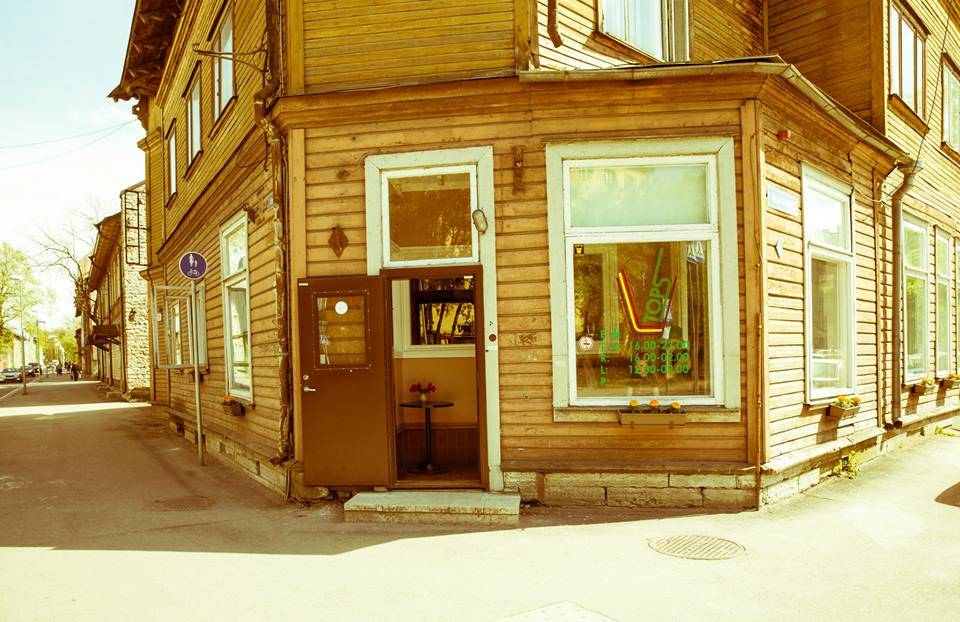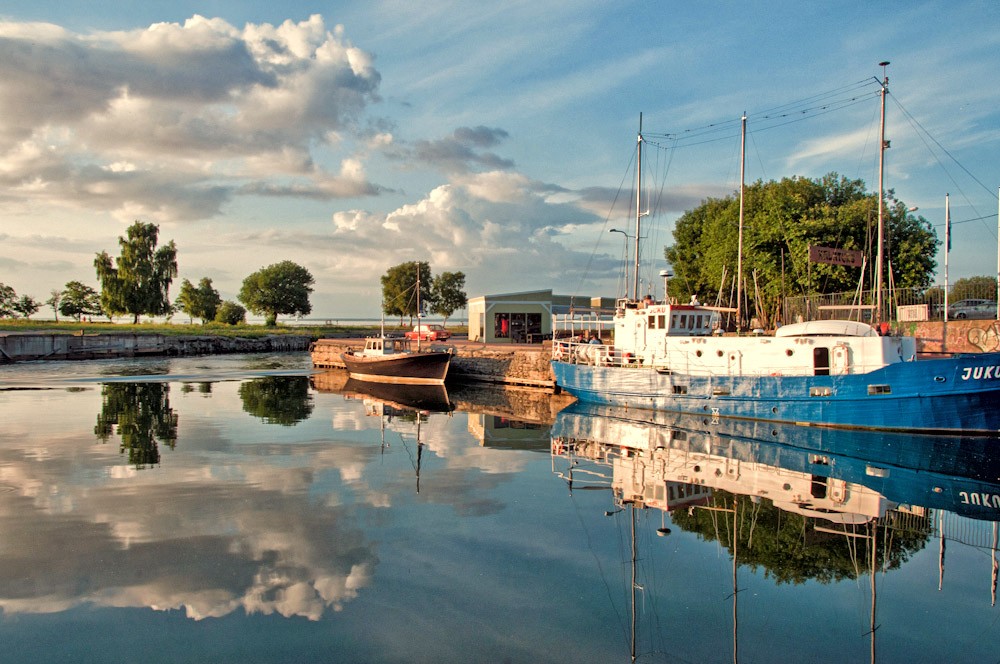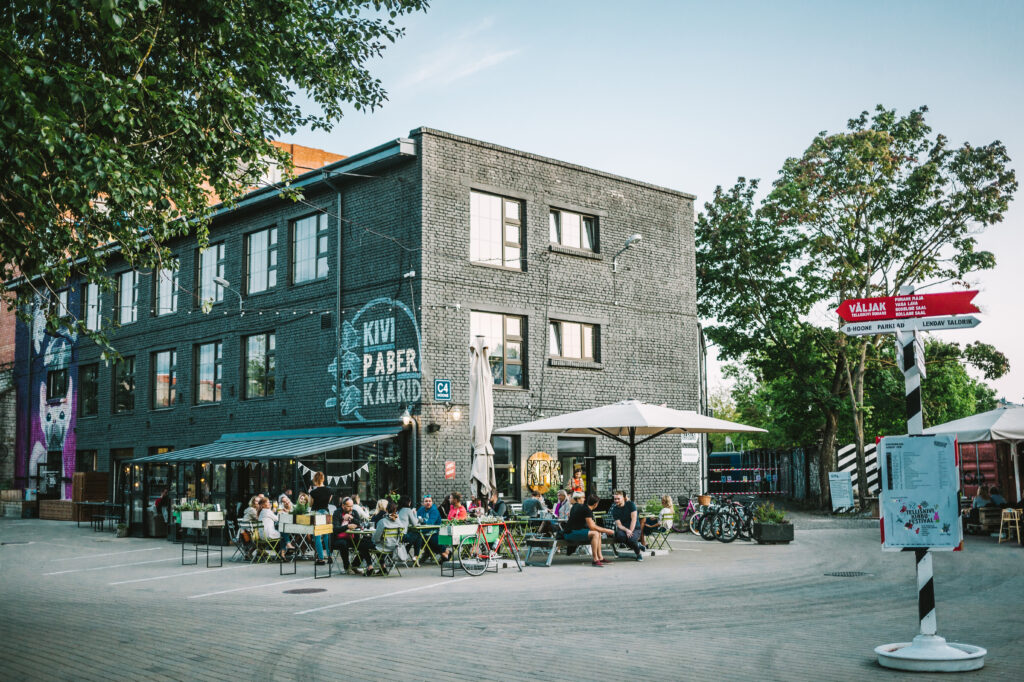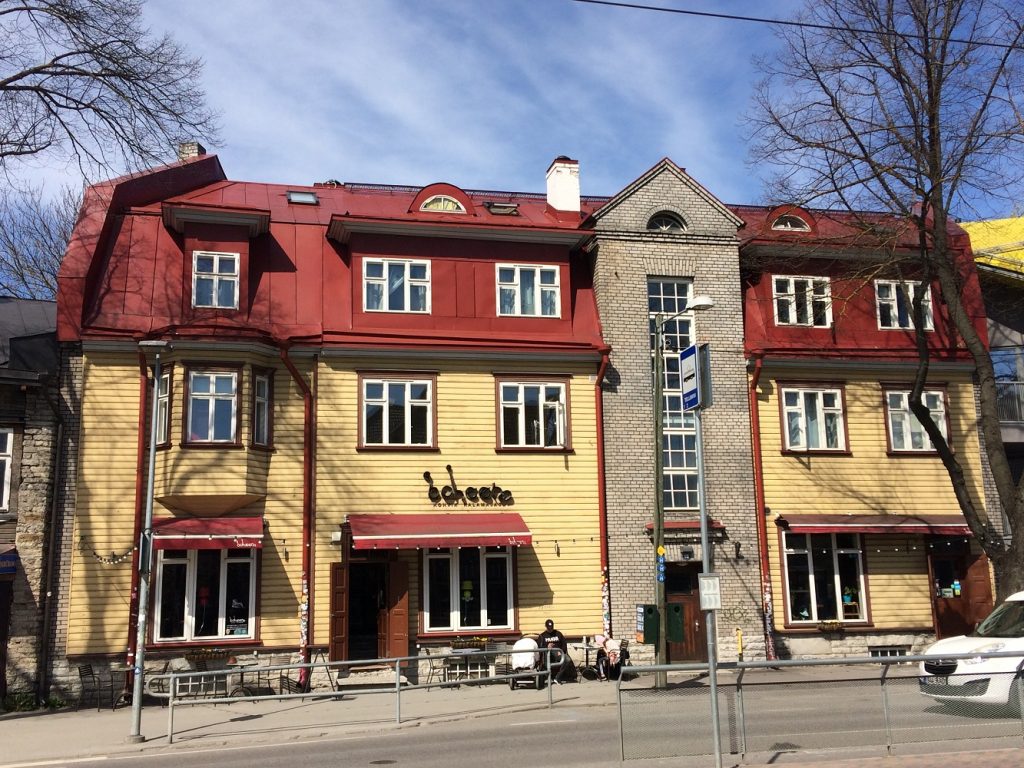TimeOut magazine has included the Kalamaja district in the Estonian capital among the “coolest neighbourhoods in the world”.
The magazine said it “surveyed thousands and asked local experts to rank the greatest places right now for fun, food, culture and community”. The shortlist is based on the opinions of 38,000 people who answered the magazine’s survey, plus the global network of TimeOut editors and experts to weigh up the candidates.
The magazine said that “in a year like no other”, a strong sense of community and unique independent businesses are more important than ever. “Right now, more than ever, it’s cool to be kind. So 2020’s coolest neighbourhoods are still the ones with a fascinating mixture of people, innovative and inclusive food, drink, arts and culture, affordable rents and living costs, and that hard-to-define buzz that draws people from across the globe. But this year, more than ever, they are the areas where people, community and businesses have helped each other through shared tribulations: places that represent the soul of the city”.
A curious-looking part of town
Estonia’s Kalamaja comes in at twelve in the list.
“Kalamaja is a curious-looking part of town. Cutesy wooden houses and post-Soviet industry mix in this harbourside neighbourhood that’s helped put Tallinn firmly on the cultural city-break map. Everything’s centred around Telliskivi Creative City, where F-Hoone delivers brilliant (and budget-friendly) modern Baltic cuisine and Sveta Baar puts on always-raging alternative music nights,” TimeOut said.

“Estonia has a reputation for its tech-first economy, so it’s no surprise digital nomads have taken over this once village-like part of town – notably in co-working spaces like Palo Alto, housed in an old factory building,” the magazine added.
From a fishing village to “hipsterville”
Historically, Kalamaja (Estonian for Fish House) accommodated fishermen’s villages, but when Tallinn was connected to Saint Petersburg by rail in 1870 and the nearby central railway station (Baltic Station) was built, the area changed immensely.
The industrial revolution and factories needed workers, so extensive apartment buildings were erected in the end of the 19th century. Much of the housing stock was built between 1890 and 1940, mostly apartment buildings in timber and brick.

During the Soviet occupation, Kalamaja was seen as a somewhat run-down, undesirable address – the communist utopia favoured large apartment blocks in the new districts, such as Mustamäe, instead – but during the last decade, the area became ultra-trendy and is now locally known as “hipsterville” of Tallinn.
Home for about 10,000 people, the neighbourhood is located just a stone’s throw from the historical town centre, on the coast of the Tallinn Bay, while also having an excellent tram connection. The Telliskivi Creative City – the former industrial complex that has been turned into the creative centre of Estonia where artists, music promoters and community activists mingle with the startup community – is also next door.

TimeOut is a global magazine published by TimeOut Group. It started as a London-only publication in 1968 and has expanded its editorial recommendations to 328 cities in 58 countries worldwide.
Cover: A typical wooden house in Kalamaja. Photo by Silver Tambur.

